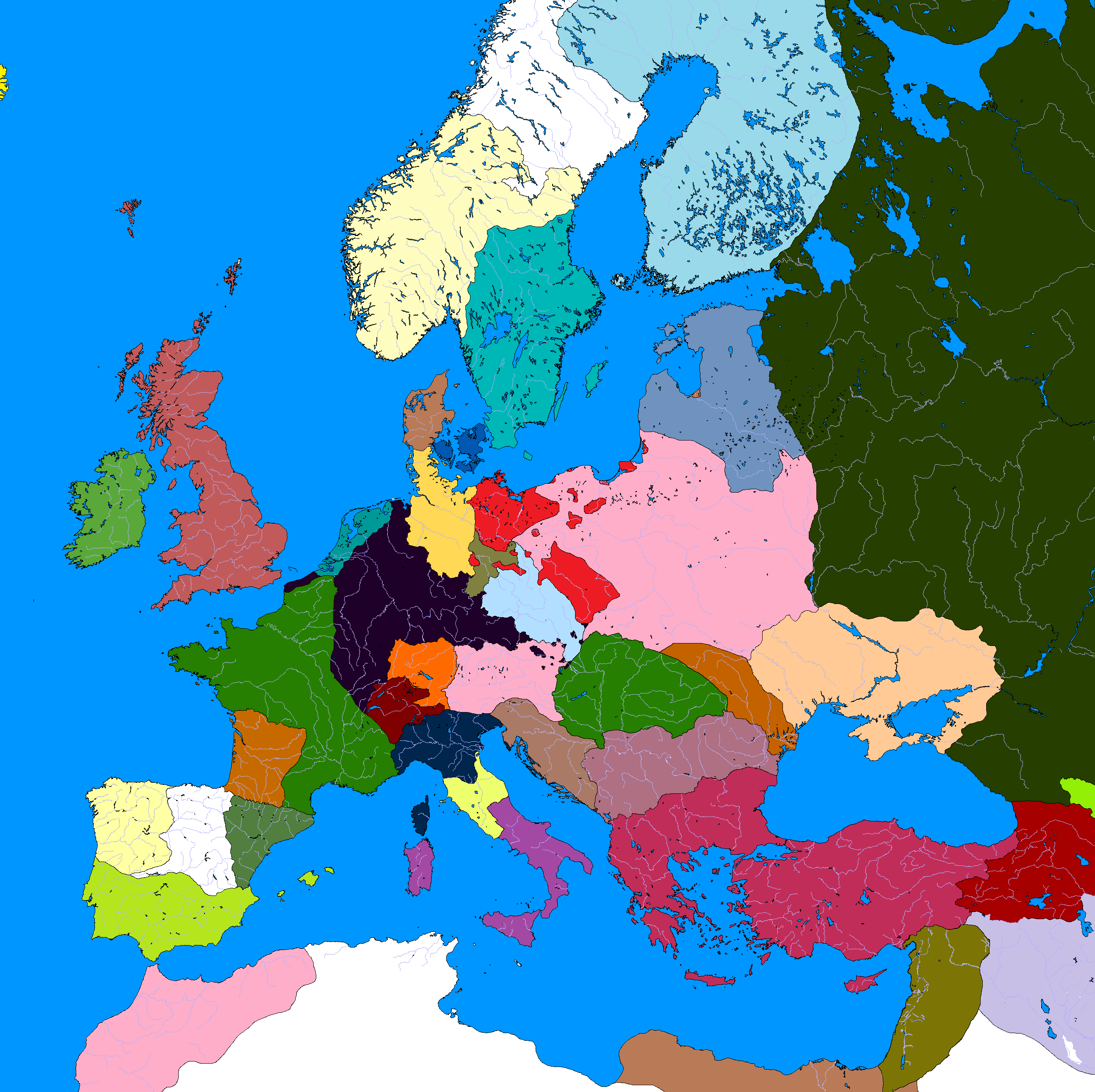Official Name: The Hashashin Order of Malta
Common Name: The Hashashin
Capital: Valletta
Head of Government: Altair Sabbah
Head of State: Altair Sabbah
Major Political Parties: The Hashashin
Demonym: Hashashin/Maltese
Languages: 65% Arabic, 15% Maltese, 15% Berber, 5% Andalusian
Ethnic Groups: 55% Maltese, 20% Arabic, 20% Berber, 5% Andalusian
Religions: 100% Muslim (100% Shia)
Population: 100,000
Location: Malta
History:
The success of the Muslims at Tours set the stage for a great change in the island of Malta. By the end of the 9th Century, Malta was under Muslim control and would remain that way. Their control of the island was absolute until 1171 when the Greeks launched the first of many invasions aimed at southern Italy. Due to its position near North Africa, it was easily supplied and protected by the navies of the African powers. It wasn't until 1276 when Sicily fell that Malta was truly threatened. The Byzantines launched no less than five separate invasions of the island, each one fended off by the brave defenders. By the time the Greeks claimed Sardinia in 1289, the Greek navy dominated the waters around Malta, isolating the island. Despite this, smugglers and the zealous defenders of the island kept it from falling into the Greeks' hands. Even so, without guidance from its fellow Muslims in North Africa, Malta was de facto independent from now on.
Malta transformed into a beacon of hope as the Greeks ruthlessly persecuted the Muslim population in Naples and Sicily. Countless refugees fled to the island, fleeing religious persecution. Attempts were made to take the island by the Greeks, but each one failed miserably. The island's fortifications had been built-up to be impregnable and the men and women of Malta were becoming known for their ruthless fighting skills.
It was sometime in the 14th Century when a new power rose in Malta. The island had lacked leadership after getting cut off from Africa. However, an order known as the Hashashin had taken an interest in the island. They dominated the politics of Syria, but with the Greeks strong to the north, they were looking for opportunities to strengthen their religious brothers elsewhere. The continued survival of Malta drew their attention. Their rise to power was both swift and subtle. Key Hashashin were sent to the island to take over leadership positions. Known for their skills in battle and at dealing death wherever they went, it was not difficult to win the trust of the locals who required to do such things to survive. By the turn of the century, the Hashashin controlled all important positions in Malta.
The 15th Century saw the Hashashin carry out a transition in the state. Making use of the militant nature of the island and the constant struggle against the Christians in Italy, the island of Malta was turned more and more into a holy order bent on crushing the heathens of Europe. The Hashashin trained the locals in their ways and outfitted them for war. Soon everyone on the island, man or woman, had learned how to wield a blade, to blend into the shadows, and to take a life in the name of Allah. Malta had become the home of the deadliest Muslim fighting force in the world, albeit still a small one.
As a status quo started to develop in the Mediterranean as the Greeks gave up on trying to take the island and weakened the blockade, the Hashashin were able to cement their power and reach beyond Malta. Whenever a Muslim nation went to war with a Christian, Pagan, or other heathen nation, the Hashashin of Malta were there. The men and women of Malta answered the calls of their religious brethren and fought by their side in the name of Allah. The Hashashin became known for their zeal and ability to keep fighting even past the point of exhaustion and after sustaining grievous injuries. Their greatest skills were focused on sieges and infiltration, for the people of Malta knew better than anyone how to both maintain an unbreakable defence and how to break past any fortification. Throughout the centuries, the Hashashin were able to assassinate key military figures within walled fortresses without notice. The Hashashin were feared by all outside the Muslim world and rightly so.
Going into the 19th Century, the Hashashin Order perseveres, still as devout in its faith and with an island fortress that is unlikely to ever be taken. They continue to answer the call of their Muslim brothers against the Christians and Pagans of Europe. However, the religious tensions of Europe are slowly weakening and many countries have been pushing for tolerance or even the exclusion of religion from matters of state. In the coming decades, the Hashashin Order may well find itself a part of an old world that no longer exists. Whether it can adapt to this changing world is up for debate.





